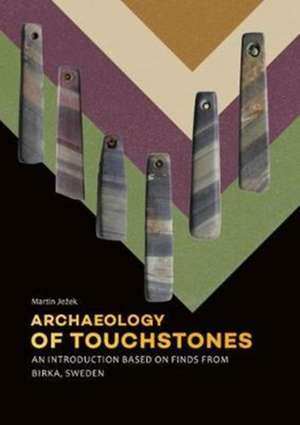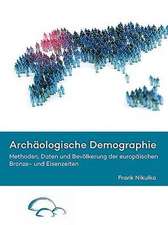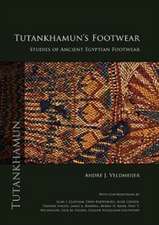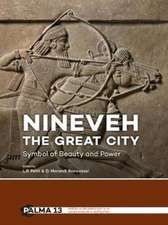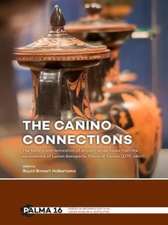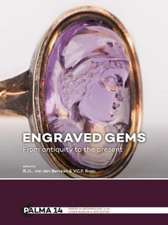Archaeology of Touchstones
Autor Martin Je¿eken Limba Engleză Paperback – 28 dec 2017
| Toate formatele și edițiile | Preț | Express |
|---|---|---|
| Paperback (1) | 273.56 lei 38-44 zile | |
| Sidestone Press – 28 dec 2017 | 273.56 lei 38-44 zile | |
| Hardback (1) | 612.58 lei 38-44 zile | |
| Sidestone Press – 28 dec 2017 | 612.58 lei 38-44 zile |
Preț: 273.56 lei
Nou
Puncte Express: 410
Preț estimativ în valută:
52.36€ • 56.90$ • 44.01£
52.36€ • 56.90$ • 44.01£
Carte tipărită la comandă
Livrare economică 17-23 aprilie
Preluare comenzi: 021 569.72.76
Specificații
ISBN-13: 9789088905179
ISBN-10: 9088905177
Pagini: 220
Dimensiuni: 182 x 257 x 15 mm
Greutate: 0.64 kg
Editura: Sidestone Press
ISBN-10: 9088905177
Pagini: 220
Dimensiuni: 182 x 257 x 15 mm
Greutate: 0.64 kg
Editura: Sidestone Press
Notă biografică
Dr. Martin Je¿ek is an archaeologist at the Institute of Archaeology, Czech Academy of Sciences, Prague. After completing his studies at Charles University in Prague under Prof. Jan Kláp¿t¿, he has headed numerous excavations. He has been the editor of the journal Archeologické Rozhledy since 2000.
Descriere
Based on 'hard' data obtained from chemical microanalyses of touchstones, this book offers original conclusions regarding the spiritual life of ancient populations
